Inakustik Ref AC-4500 Full 6F [A|A|A|D|D|D]
Power filter AC-4500
Modular design: A particular highlight is its modular design. Six freely configurable slots are available.
Filter concept: Serial filter network for analog devices, parallel filter network for digital devices.
DC blocker: DC suppression filters direct current components from the mains power.
Where does fine sound begin? Where does it end? These questions ring constantly in our ears. The truth is, various factors have a major impact on the sound quality produced by audio systems, and one of these factors is power supply. It is subject to fluctuations that vary depending on the location of your home (in a city or a rural environment). If we look at things from a purely physics perspective, the music produced by a loudspeaker is ultimately nothing more than domestic current converted into sound. This statement sounds almost too banal compared to the hi-fi jargon we are all accustomed to. Unfortunately, all too often we ignore where the sound actually comes from and the importance of having a stable power supply. A “clean” current is the raw material of fine sound, and our AC-4500 Power Station makes sure that this is what you get.
The AC-4500 Power Station is available in several versions – from a basic model with one filter for all six sockets through to the top model that comes equipped with six separate filters, one for each socket. The models differ not only in the number of filters they are equipped with, but also in the combination of filter types they provide – type I (for analog devices) and type II (for digital devices). The AC-4500 Power Station was developed completely in-house, and each unit is manufactured in the company’s own facility. Units subsequently undergoes rigorous testing with documentation of the results. Because safety is paramount for this type of unit, we have also arranged for an accredited laboratory to verify CE/CB conformity. The Power Station’s sensitive technology is protected by a robust metal housing made of 2 mm-thick galvanized sheet steel. It has an elegant front panel made of brushed aluminum. The interior of the housing is designed so that the socket groups are shielded from one another, and any interference stemming from the connected devices is unable to propagate.
The power grid
We need electrical power to operate our hi-fi system from the wall socket in the living room. This energy is generated in power plants (e.g. coal-fired, hydroelectric or wind power plants) and distributed to consumers via the power grid. Such quantities of energy can only be transferred by cable via high-voltage lines (overhead lines) and/or underground cables. In order to minimize line losses in the grid, energy is distributed at different voltage levels. The higher the transmitted voltage value, the lower the losses and the smaller the required cross-section of the transmission lines. The power plant drives the power through the transmission grid at maximum voltage (1) of up to 380 kV. Transformers in the substations are used to transform the various voltage levels down. From here the electricity is distributed to towns and villages at high (2), medium (3) and low voltage (4) until the 230V reaches the end consumer and can be used for the hi-fi system.
Customized filter concepts
Ferrite cores are the first line of defense against the interference described above. suppressing high-frequency interference through their inductance-enhancing effect. That’s why the Power Station AC-4500 comes equipped with powerful ferrite cores positioned directly downstream of the sockets.
Custom-made filter circuits are a further means of minimizing unwanted interference, but it is crucial that the filter type suits the application for which it is required. Countless tests and measurements using various circuit configurations have shown that digital and analog devices require different filter designs. And this is why the Referenz Power Station AC-4500 comes equipped with two different filter types depending on the particular configuration: type I for analog devices and type II for digital devices. These two types have a radically different filter design.
Type I is a series filter network in which coils conduct the useful current, offering a high level of resistance against interference. Type II, however, is a parallel filter network that diverts troublesome interference frequencies to ground. This filter network is also very finely tuned to the requirements of an audio system.
![Inakustik Ref AC-4500 Full 6F [A|A|A|D|D|D]](/web/image/product.product/433/image_1024/%5B007645000%5D%20Inakustik%20Ref%20AC-4500%20Full%206F%20%5BA%7CA%7CA%7CD%7CD%7CD%5D?unique=4eeb2e4)
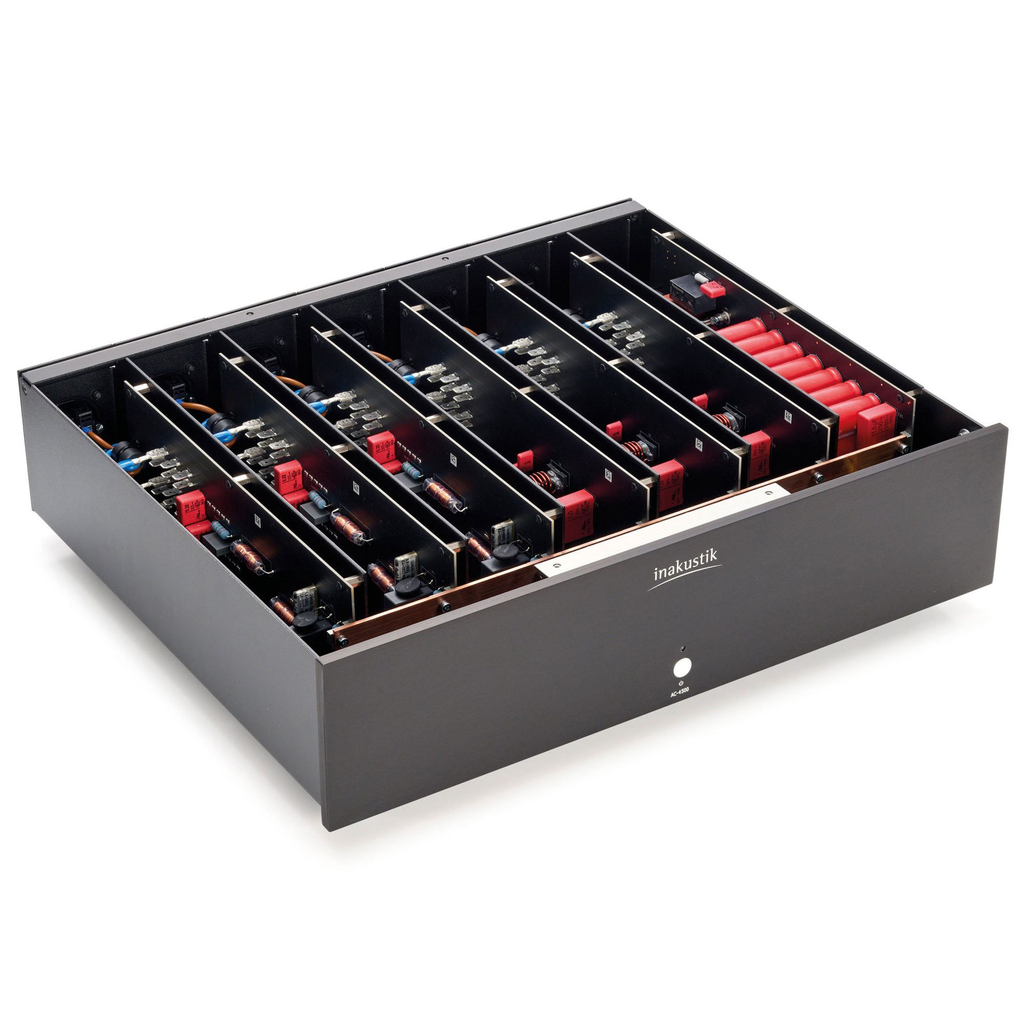
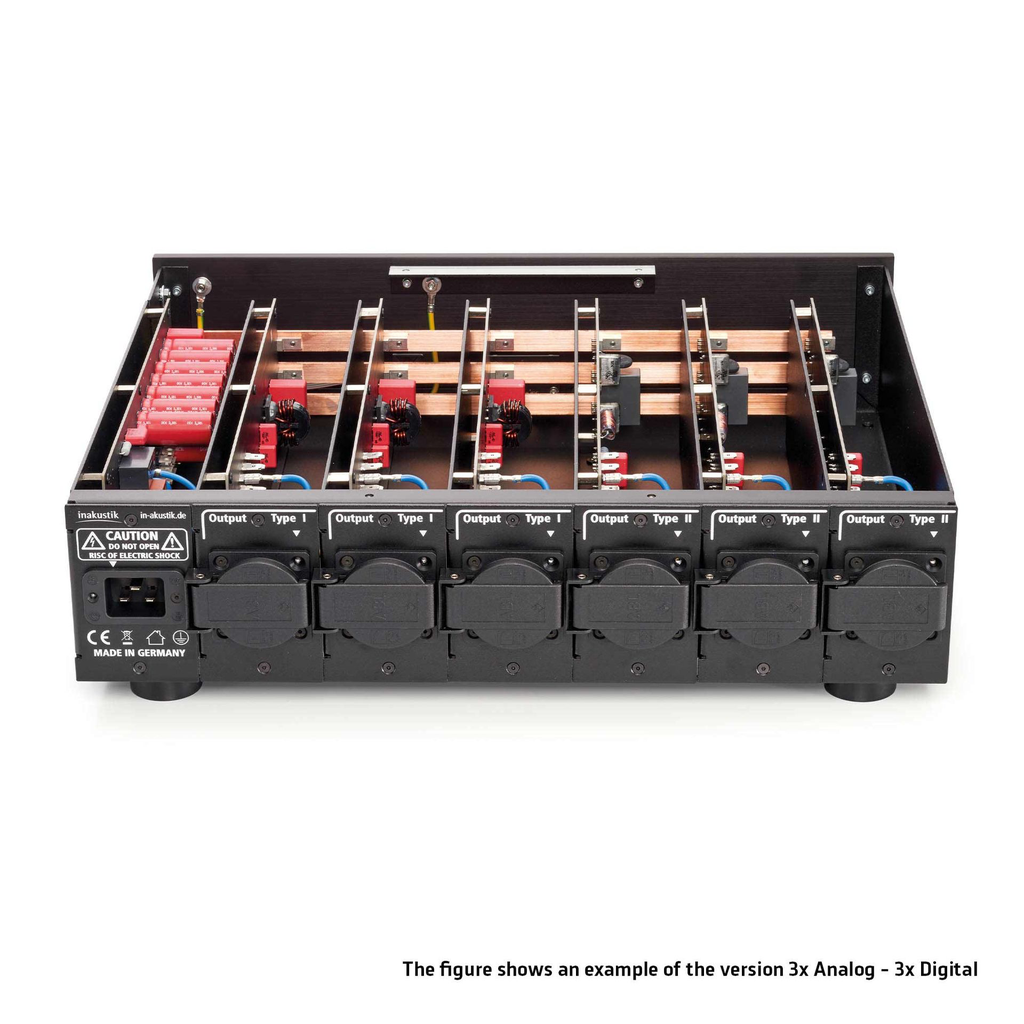
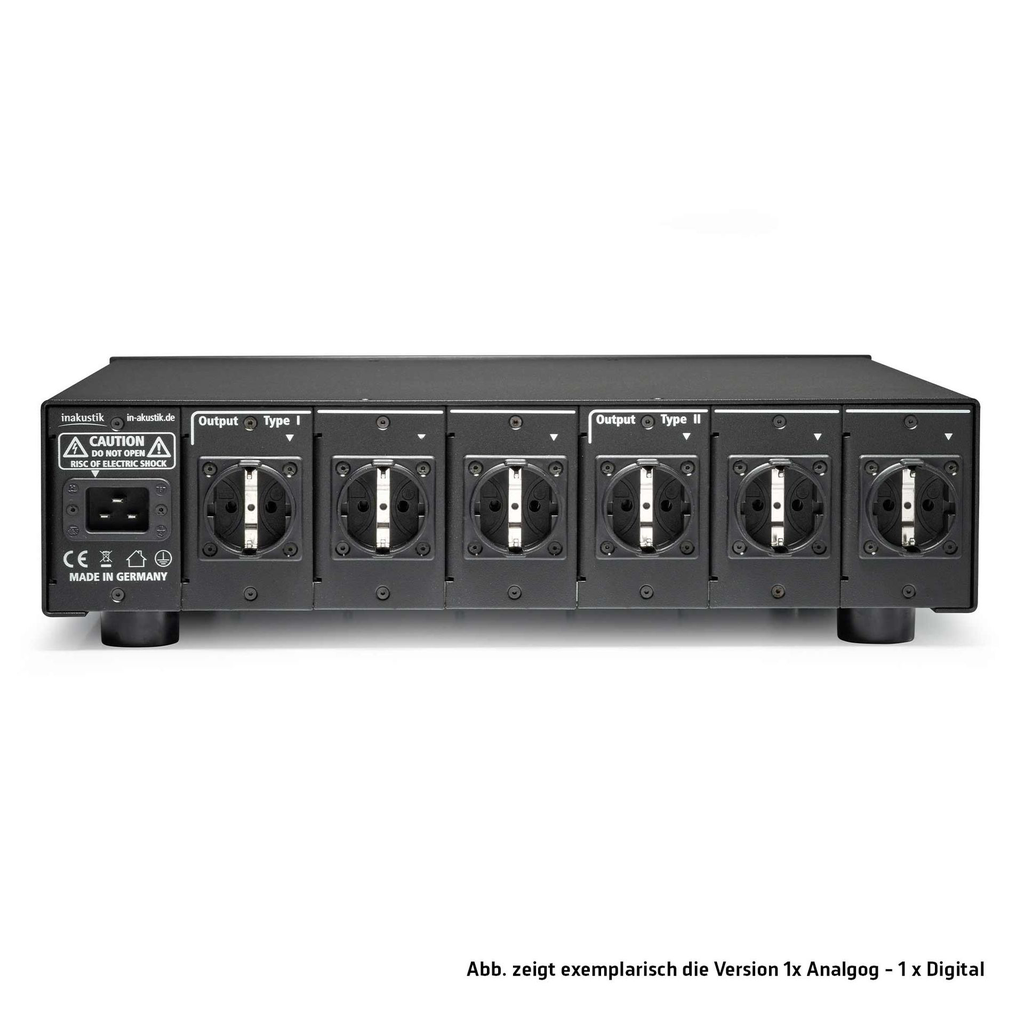
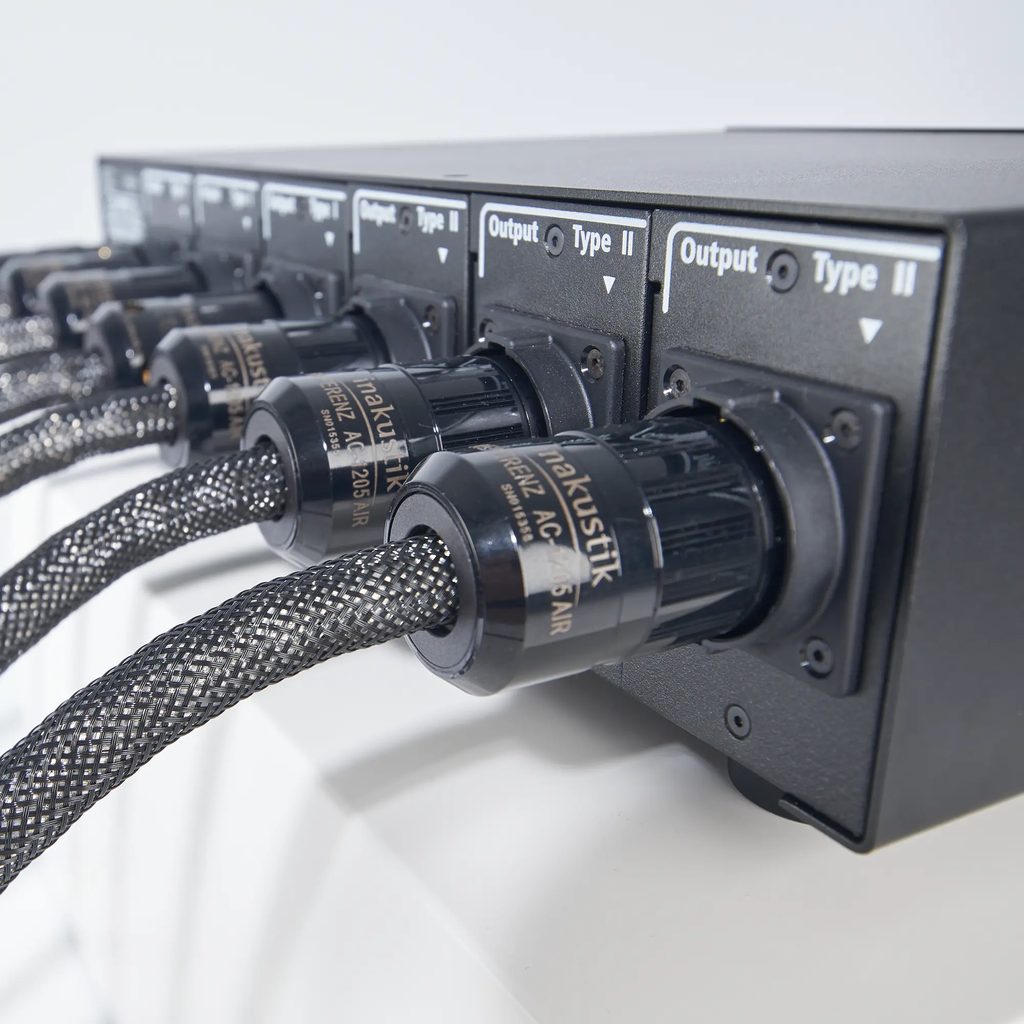
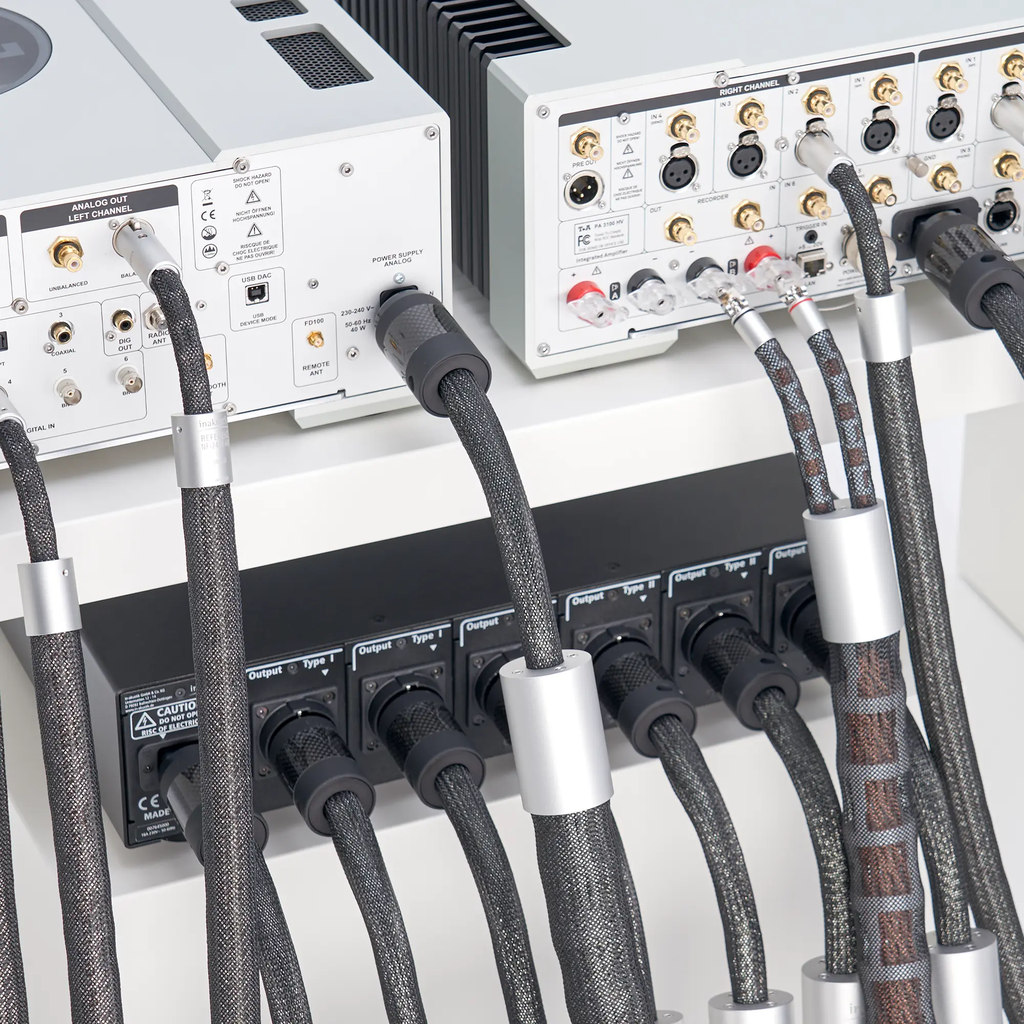
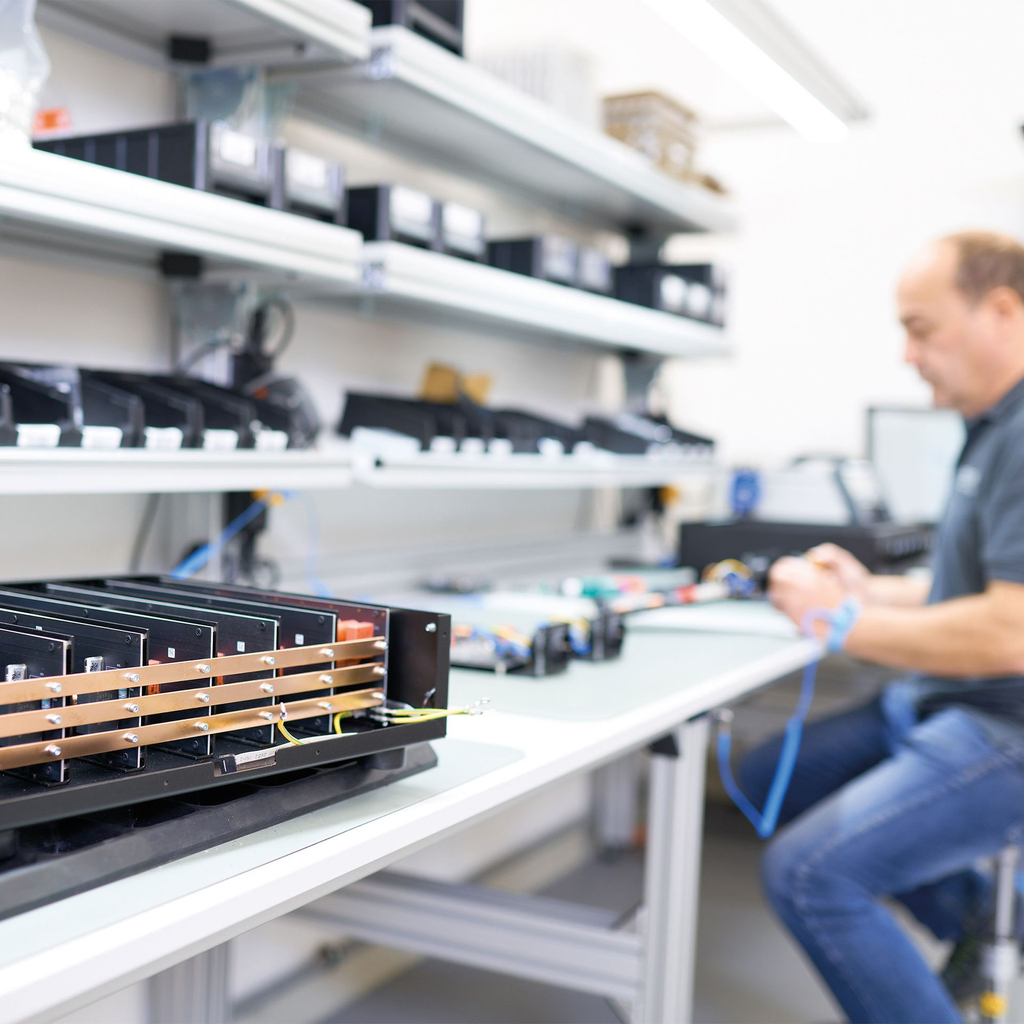
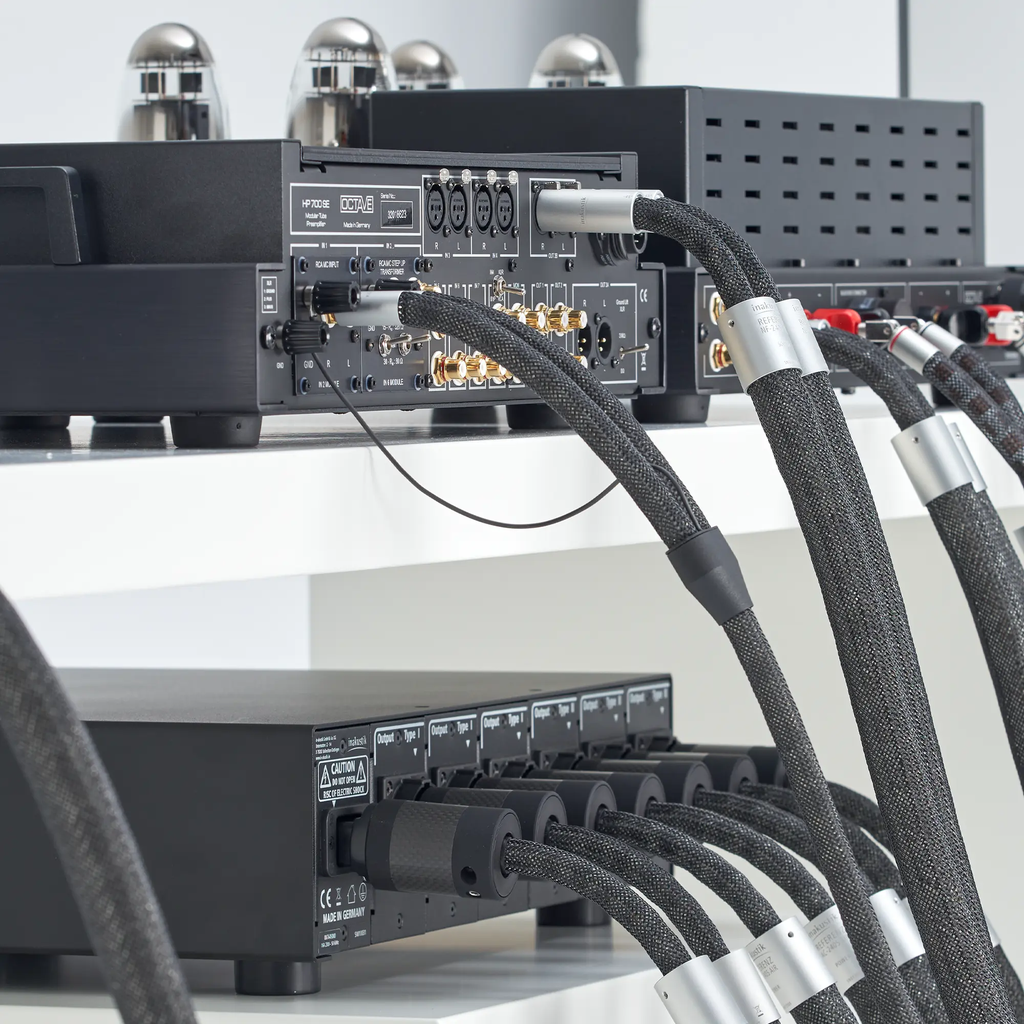
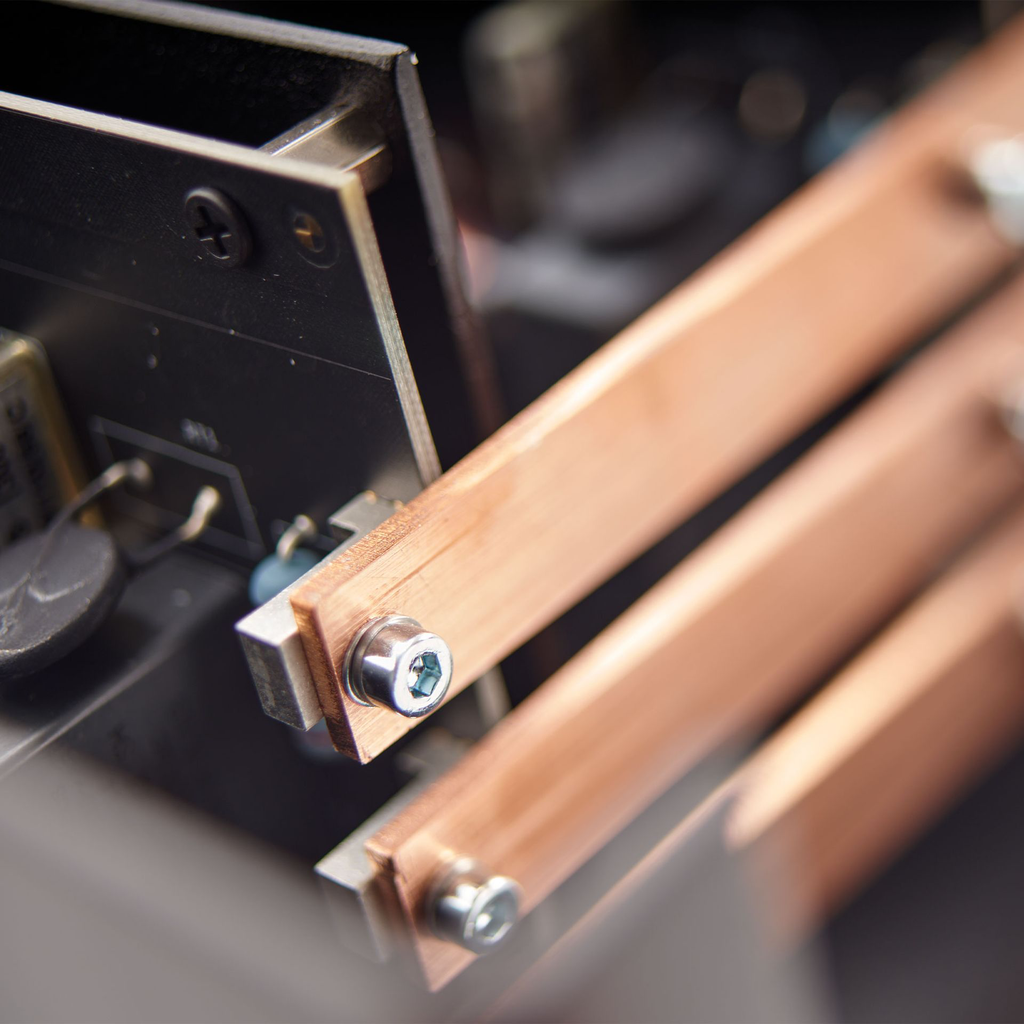
![Inakustik Ref AC-4500 Full 6F [A|A|A|D|D|D]](/web/image/product.product/433/image_128/%5B007645000%5D%20Inakustik%20Ref%20AC-4500%20Full%206F%20%5BA%7CA%7CA%7CD%7CD%7CD%5D?unique=4eeb2e4)







